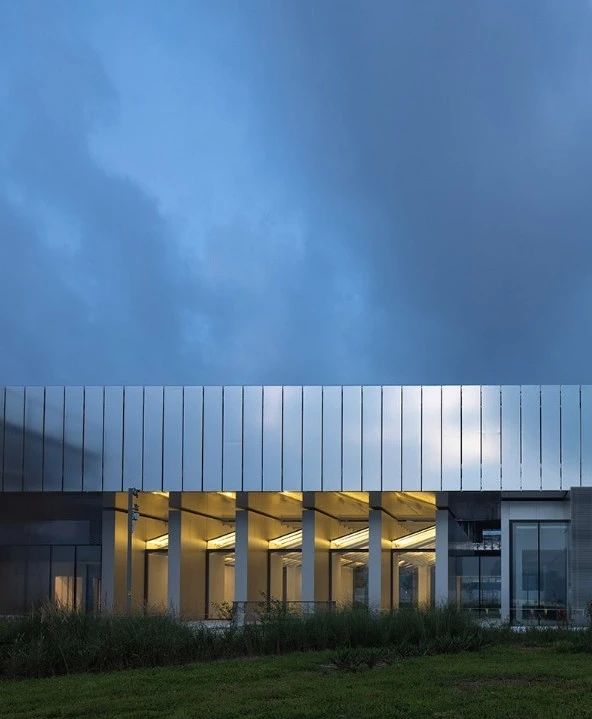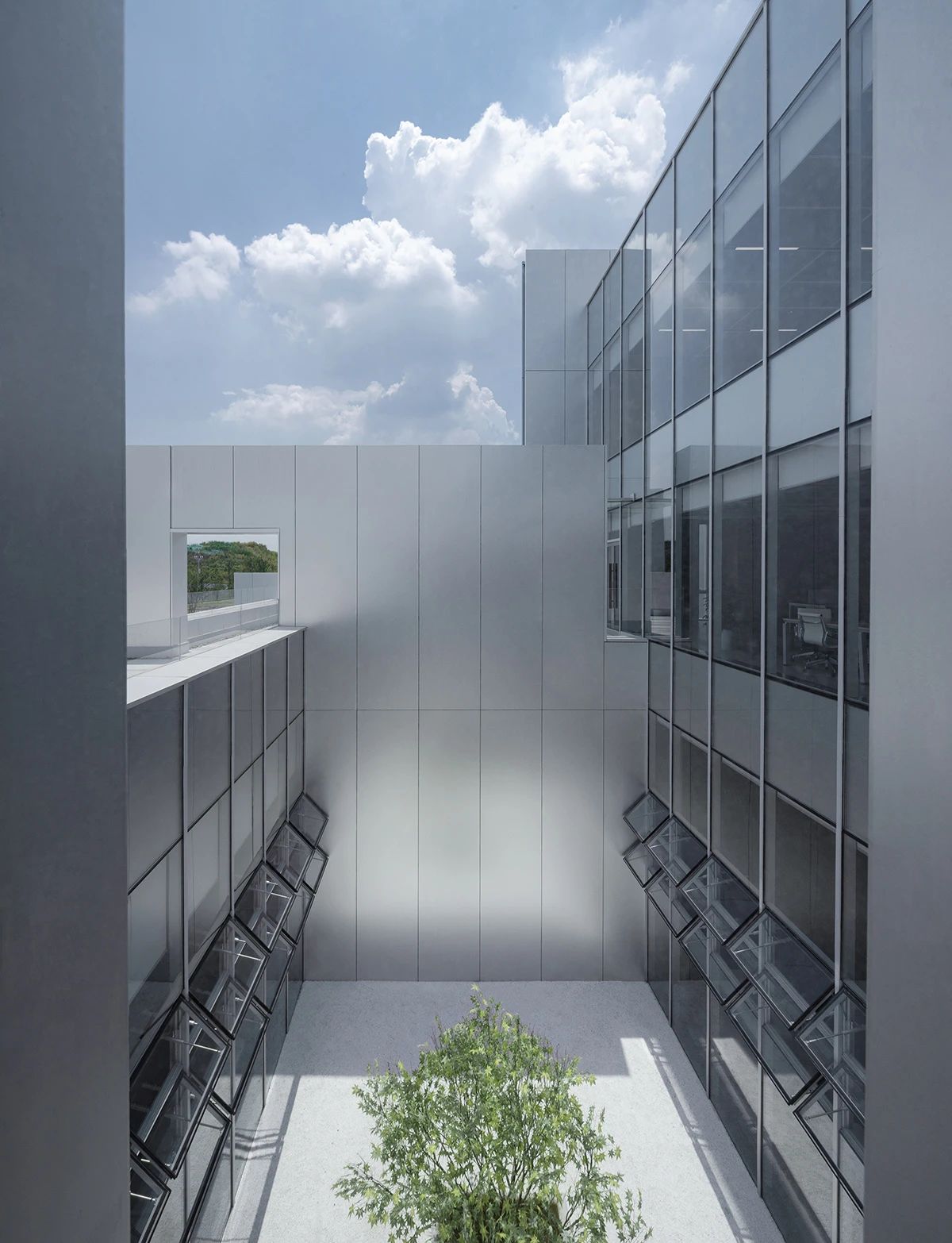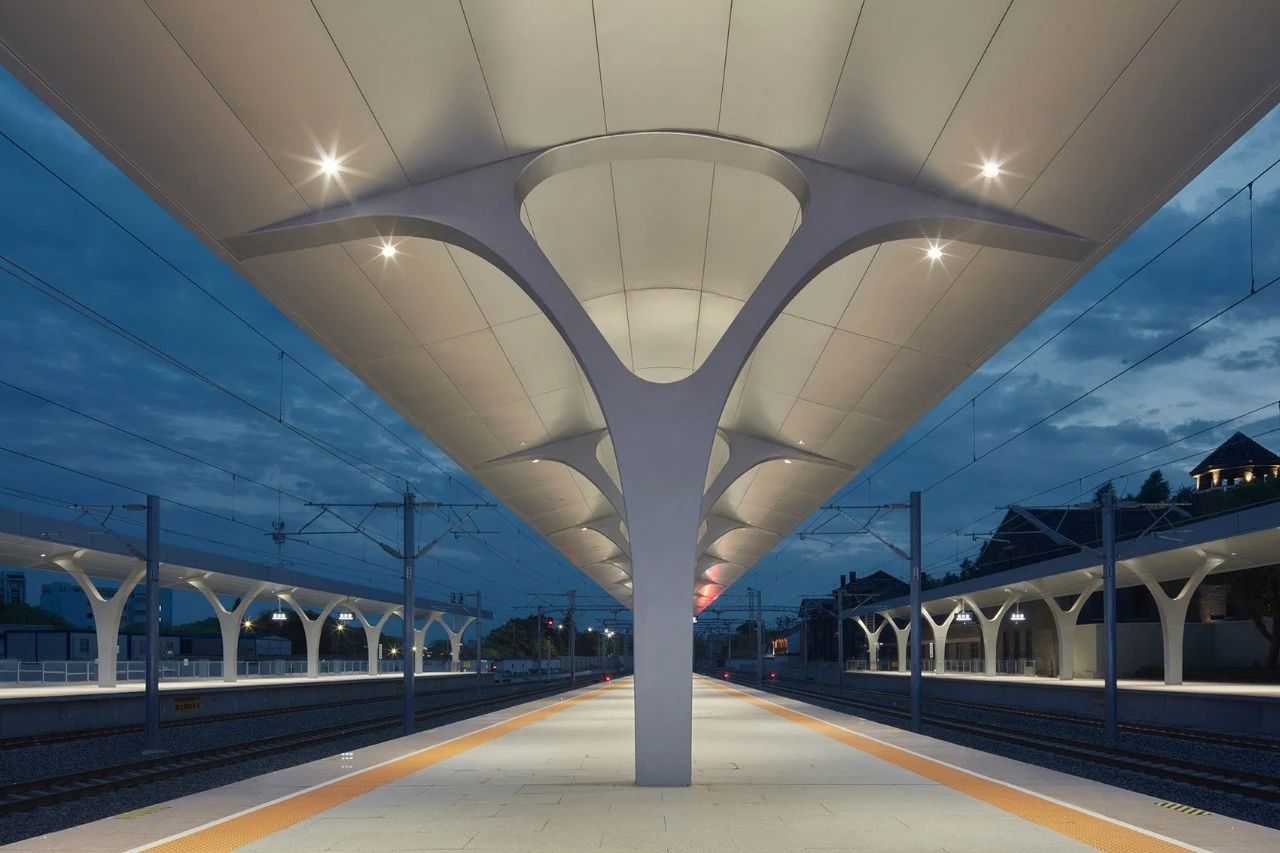

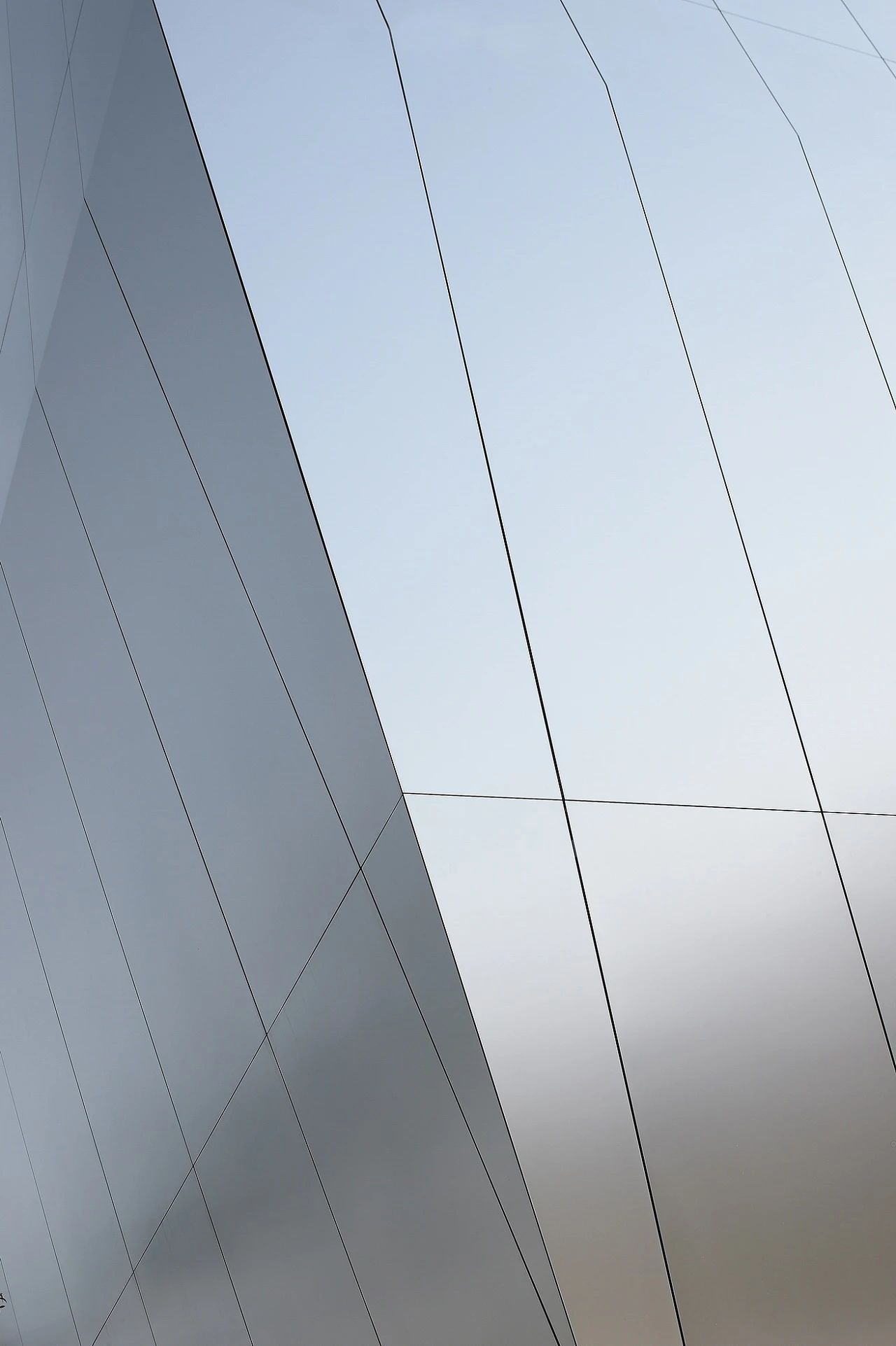
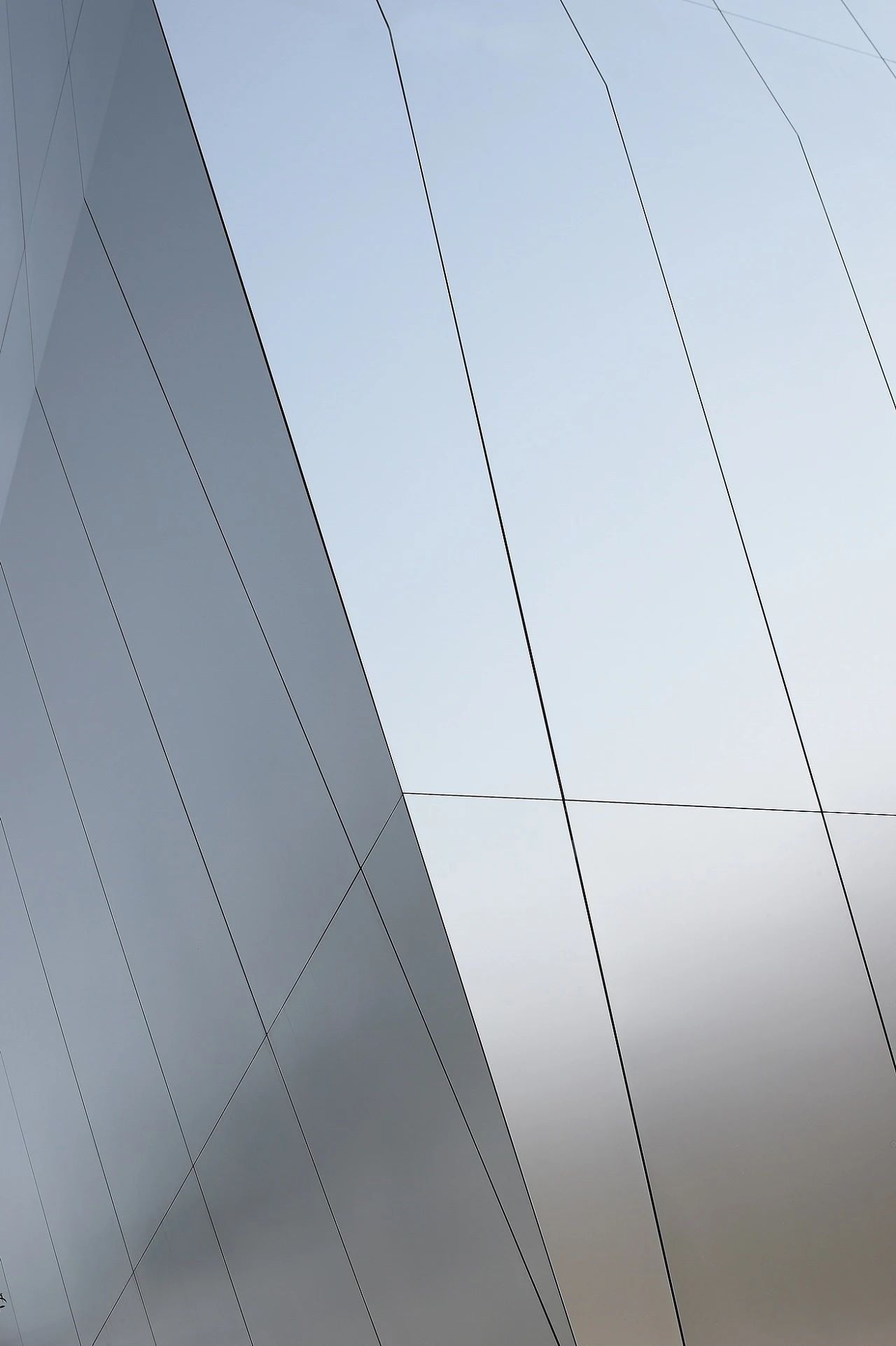
Anodized aluminum plate, as a curtain wall material with nearly 70 years of application history, has also begun to shine in domestic construction projects in recent years. In practical applications of indoor and outdoor buildings, the effect on large volume curtain walls is very amazing. It has a matte texture but still maintains a strong metallic luster, with a natural and delicate touch, which is deeply loved by architects.
Introduction:
Anodized aluminum plate is a new decorative material that immerses pre treated aluminum plate in acidic or alkaline electrolyte as anode, and uses graphite, platinum, lead and other materials as cathode. Under specific conditions and external current, electrolysis is carried out to generate a dense oxide film on the surface of the aluminum plate.
A thin layer of aluminum oxide is formed on the surface of the anodized aluminum plate, with a thickness of 5-20 microns, and the hard anodized film can reach 60-200 microns. By utilizing the colorless and porous properties of the anodic oxide film, the purpose of dyeing and protecting the aluminum substrate can be achieved.
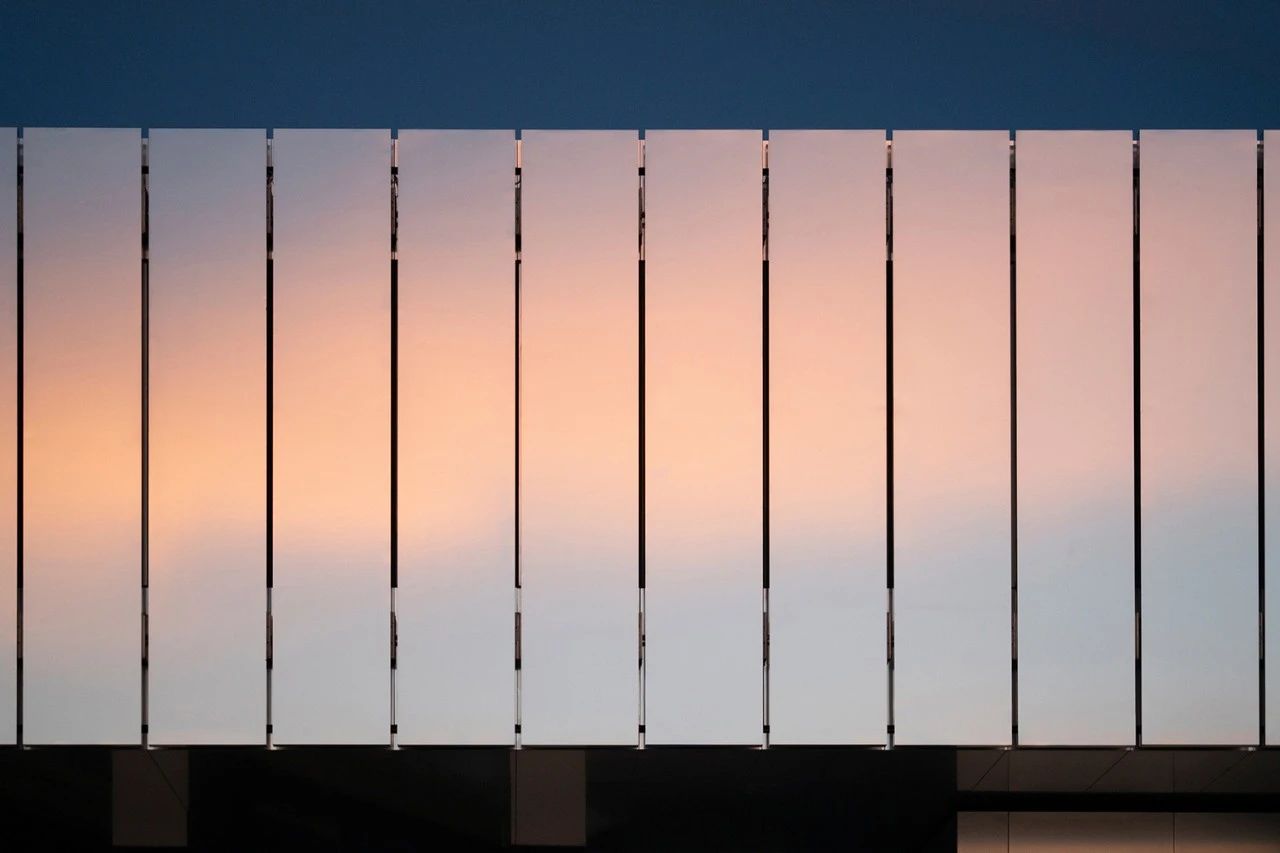
Material Performance:
01.Strong metallic feel
The surface hardness of the anodized aluminum plate is high, reaching gem level, with good scratch resistance. It is protected by a transparent anodized film, retaining the metallic color of the aluminum plate, highlighting a modern metallic feel, strong decorative value, and enhancing the added value of the product.
02.Good weather resistance
Due to the anodic oxidation process, a dense oxide film is generated on the metal surface, which has strong corrosion resistance. The anodized aluminum plate with a standard thickness oxide film (3 μ m) will not change color, corrode, oxidize, or rust during long-term indoor use. The anodized aluminum plate with a thickened oxide film (10 μ m) can be used outdoors and can withstand long-term exposure to sunlight without changing color.
03.Strong stain resistance
Its surface is not charged, does not absorb dust, does not leave fingerprints, does not have stains, does not produce corrosion spots, is easy to clean, and remains smooth and new even after multiple washes, making the building facade last forever.
04.Good processability
Anodized aluminum plate has moderate hardness and can be easily bent into shape for continuous high-speed stamping, making it convenient to directly process into products without the need for complex surface treatment, greatly reducing product production cycles and lowering production costs.
05.High fire resistance
Pure metal products, with no paint or any chemical substances on the surface, do not burn at a high temperature of 600 degrees, do not produce toxic gases, and meet fire and environmental protection requirements.
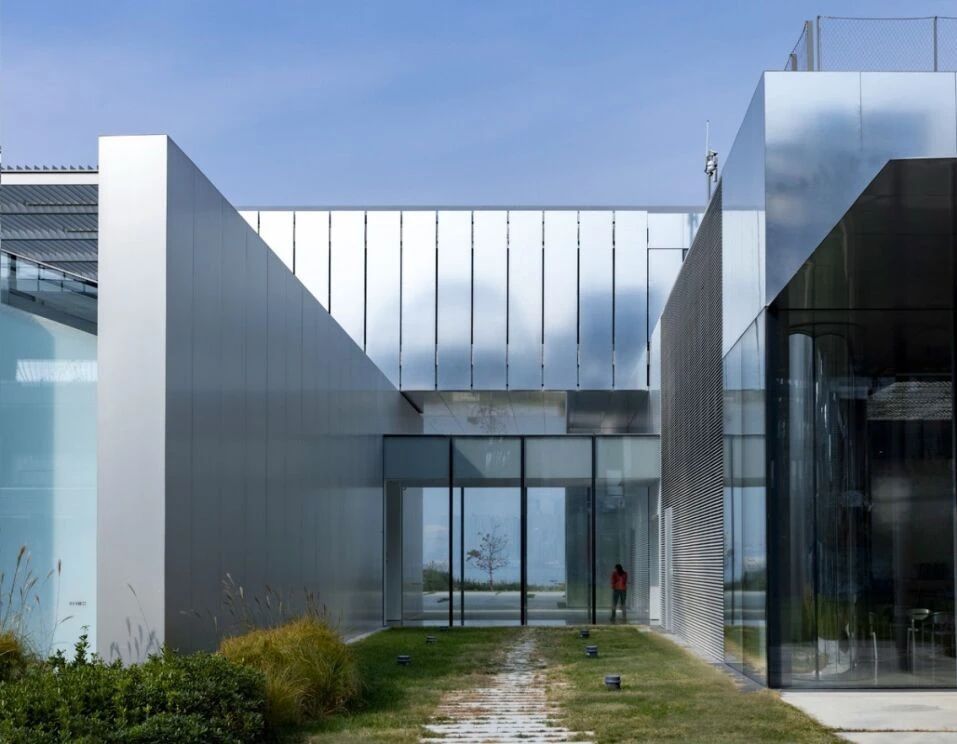
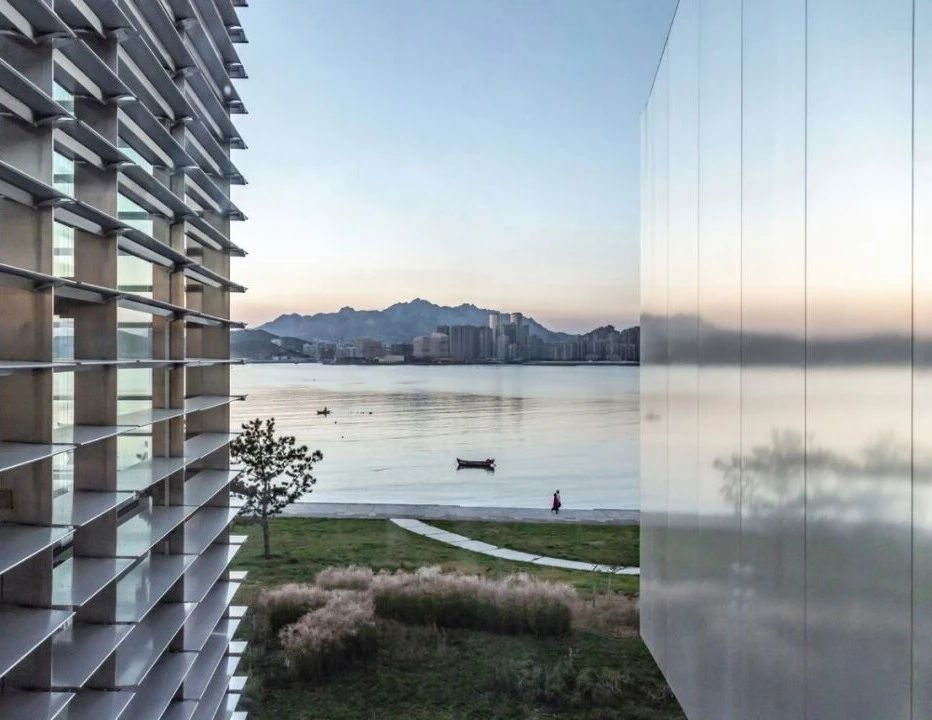
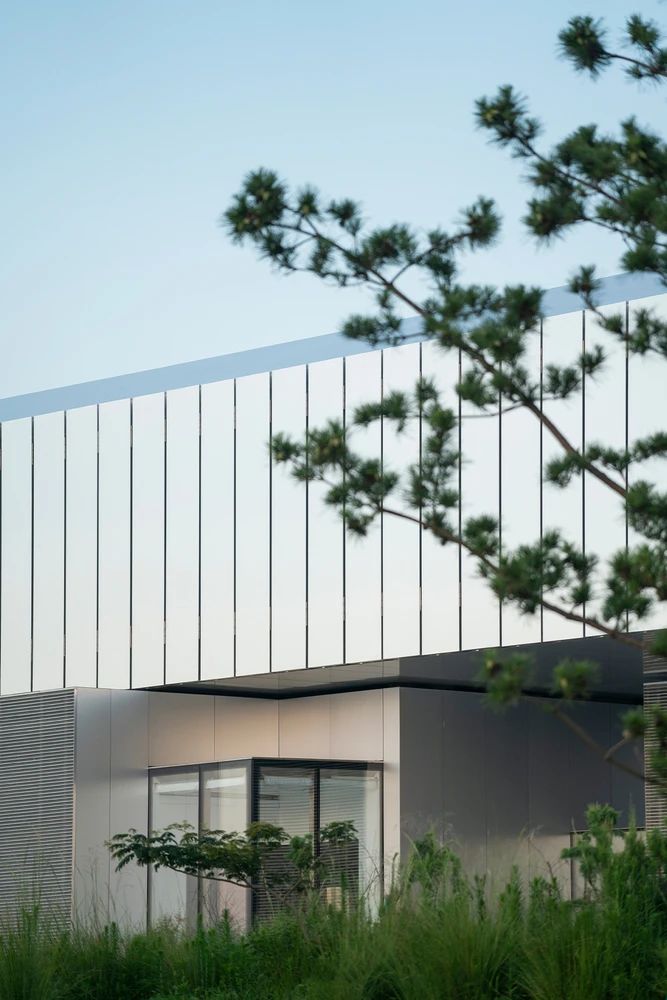
Manufacturing Technique:
The process of using an aluminum plate as the anode and placing it in an electrolyte solution to form an aluminum oxide film on its surface through electrolysis is called anodizing treatment of the aluminum plate.
The general process flow of anodizing is: degreasing, etching, washing, neutralization, anodizing, coloring, and sealing the hole.
